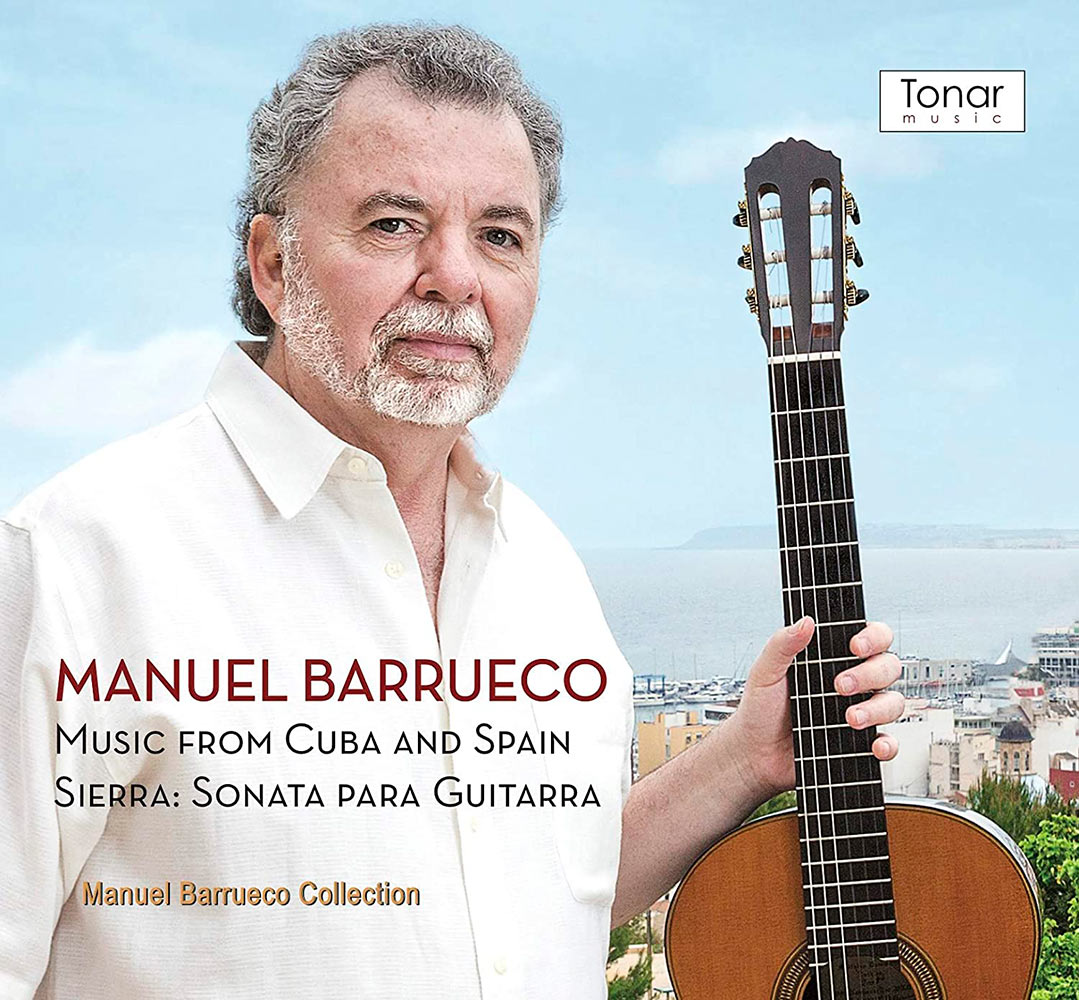The conceptualization of my latest album, “Music from Cuba and Spain, Sierra: Sonata para guitarra,” was a journey of scholarly exploration and artistic revelation. This musical odyssey delves into the historical tapestry woven by the Spanish colonization of Cuba, unraveling the cultural exchange that profoundly influenced both regions, particularly the world of guitar music.
The Spanish colonization of Cuba, spanning centuries, serves as the backdrop for this musical endeavor. The profound impact on the cultural landscape of Cuba, especially in relation to the guitar, became the focal point of my research and subsequent repertoire selection. The genesis of this album lies in the rich interplay between Spanish and Cuban musical traditions, and the repertoire was carefully chosen to exemplify the intricate connections between these two worlds.
My initial foray into this musical exploration was through the Albéniz Suite, where the piece titled “Cuba” caught my attention. This discovery led me to unearth another gem, the “Cuban Rhapsody.” As I delved deeper into the works of Granados, a piece titled “A la cubana” surfaced, revealing a familial connection as Granados’ father hailed from Cuba. The web of influences extends further as Falla, in his “Four Spanish Songs,” drew inspiration from Cuban “zapateo,” weaving together the musical threads of two distant yet intimately connected cultures.
Joaquín Nin, a figure celebrated in Spain for his nationalist music, added another layer to this cultural amalgamation. His Cuban roots and the musical bridges he constructed between Spain and Cuba found a place in my album, underscoring the intricate web of influence that transcended geographical boundaries.
The inclusion of Puerto Rican composer Roberto Sierra’s “Sonata para guitarra” marks a departure into modern musical language while embracing the rhythmic intricacies inherent in Latin American music. Sierra’s composition not only complements the historical narrative of Spanish-Cuban musical fusion but also stands as a testament to the contemporary evolution of this cultural exchange.
The nomination of the album for a Latin Grammy in the Best Classical Album category, coupled with Sierra’s individual nomination for Best Contemporary Classical Composition, speaks to the resonance of this exploration in the broader classical music landscape. It is a testament to the enduring relevance and innovation born out of the confluence of Spanish and Cuban musical traditions.
In crafting this album, my intention was not merely to showcase a collection of musical pieces but to illuminate the profound connections and exchanges between Spanish and Cuban music. The strong bond between these cultures, reflected in the compositions of various renowned artists, unveils a narrative that extends beyond borders and transcends time.
As a guitarist, the process of selecting and interpreting these compositions became an artistic dialogue with the history and cultural evolution of both Spain and Cuba. Each note played is a nod to the intertwined destinies of these two nations, where melodies echo the echoes of historical encounters, migrations, and the shared rhythmic pulse that binds them.
Conclusion
In conclusion, “Music from Cuba and Spain, Sierra: Sonata para guitarra” stands as a testament to the enduring dialogue between Spanish and Cuban musical traditions. The album weaves together a rich tapestry of compositions, each resonating with the echoes of historical encounters and cultural exchanges. Through meticulous research and thoughtful curation, I aimed to bring to light the profound connections that transcend geographical boundaries and celebrate the timeless interplay of musical traditions. As we navigate the intricate harmonies and rhythms of this album, we embark on a journey that transcends time, delving into the heart of a cultural nexus that continues to inspire and captivate.
